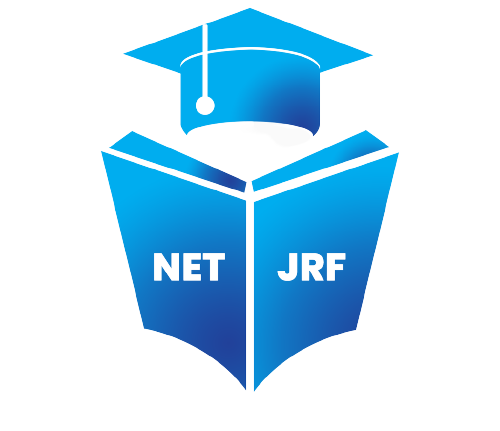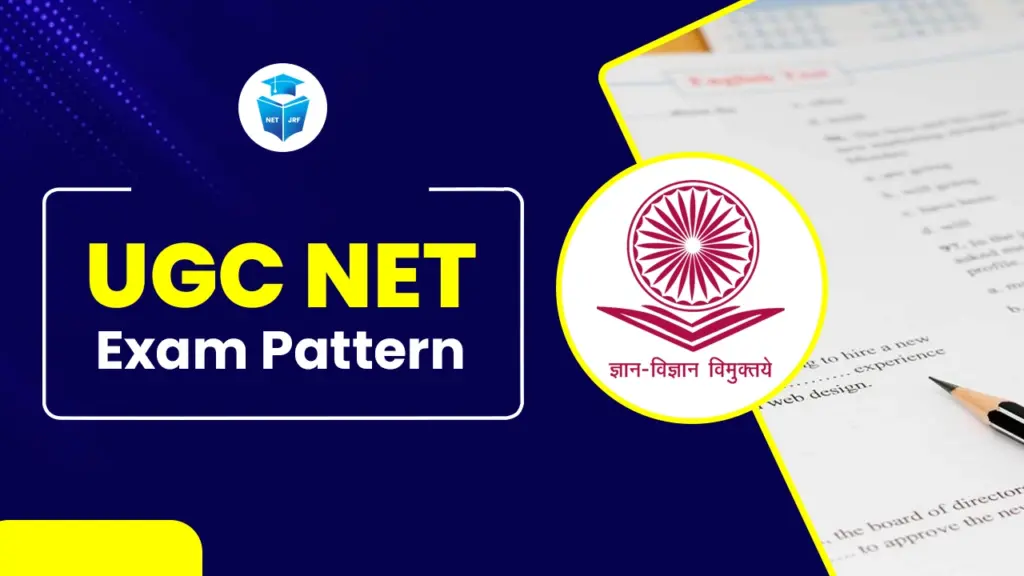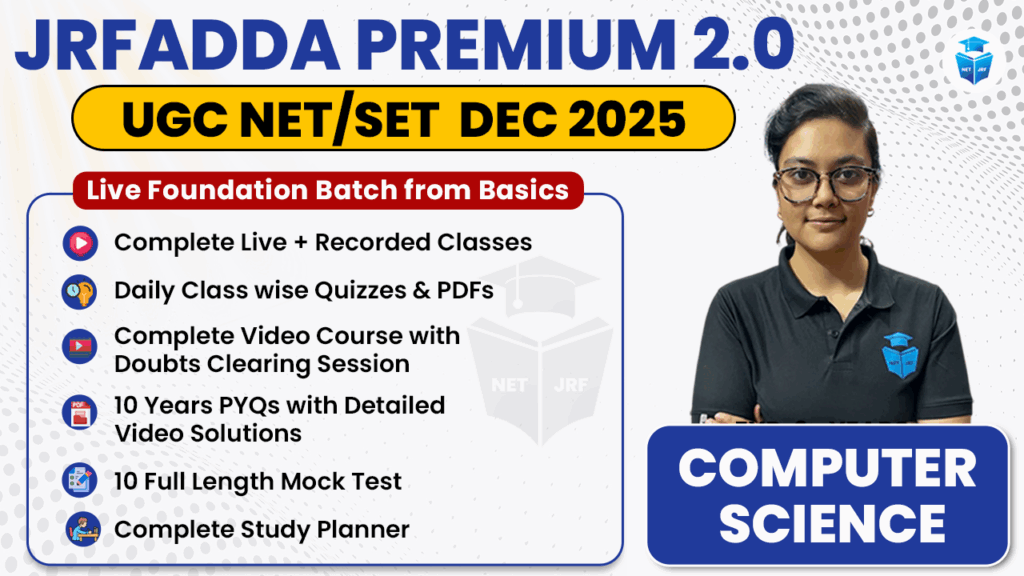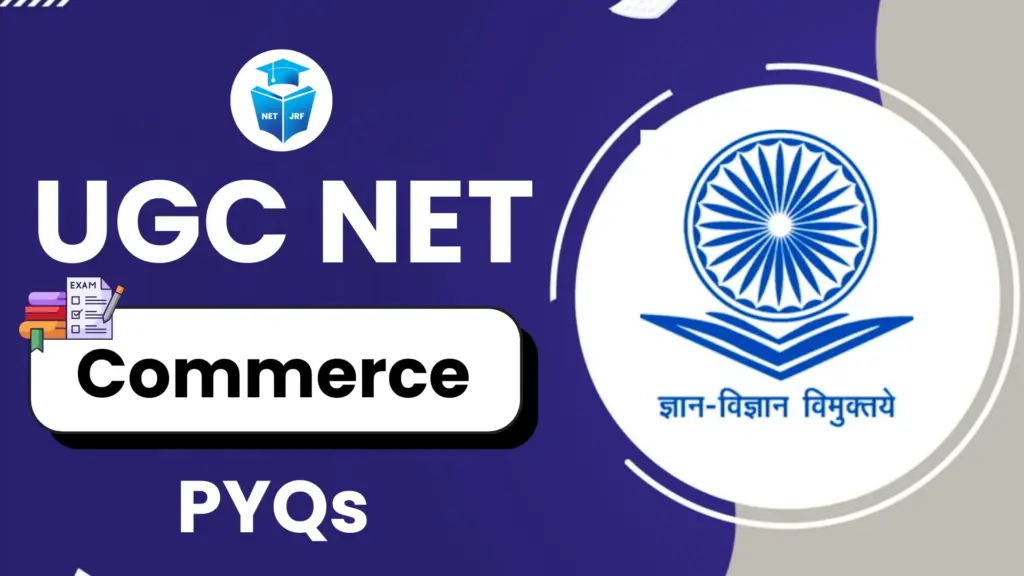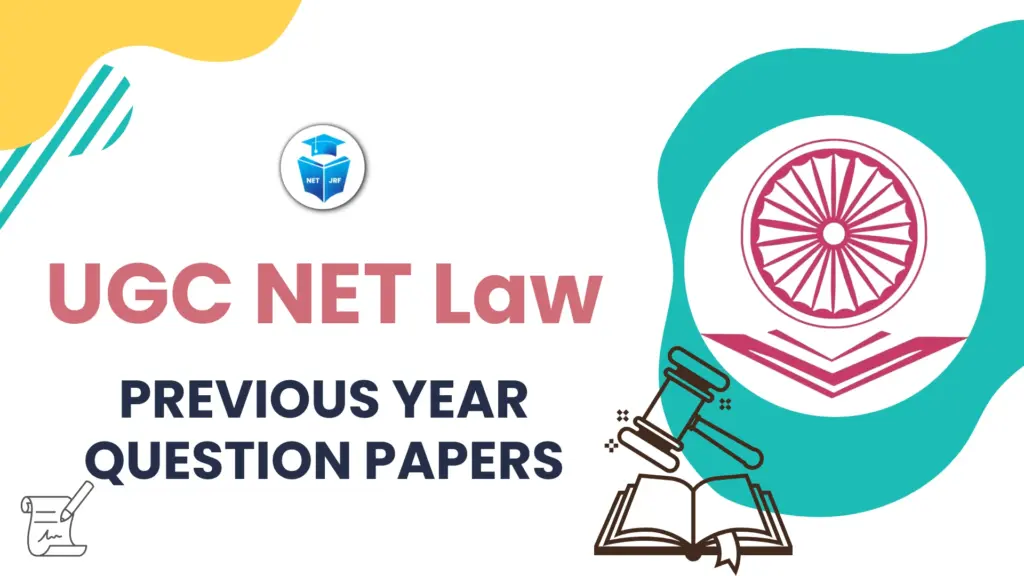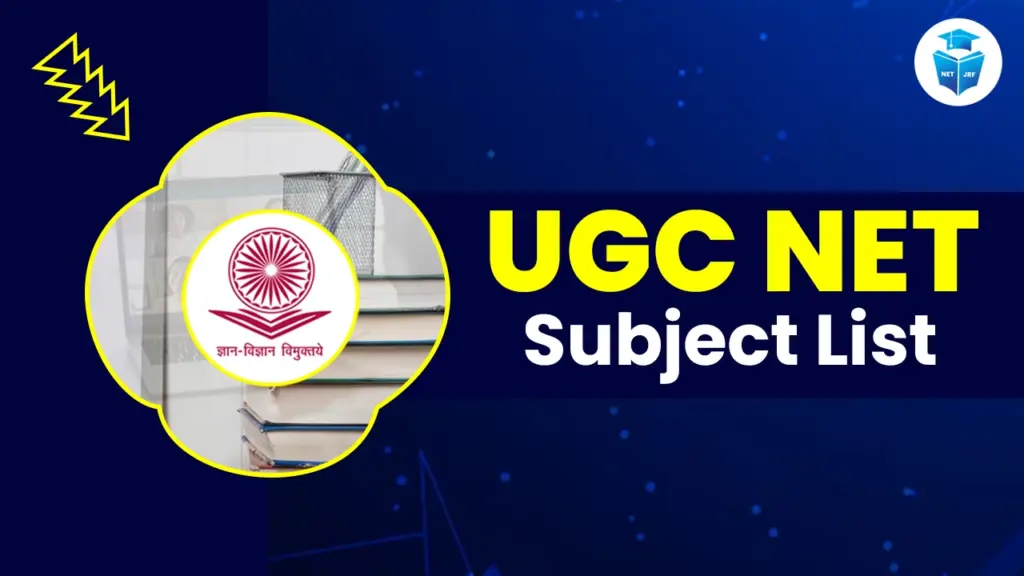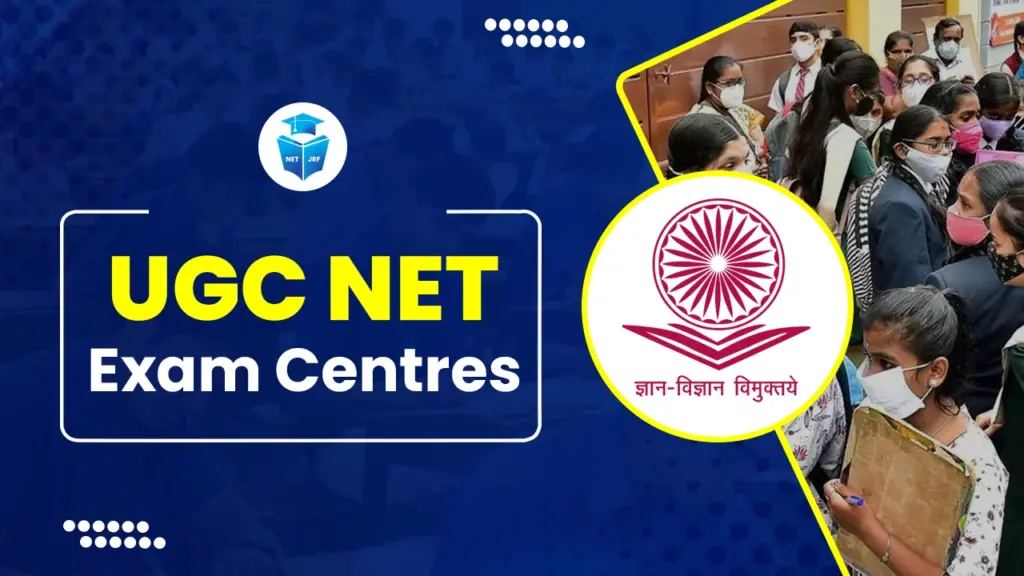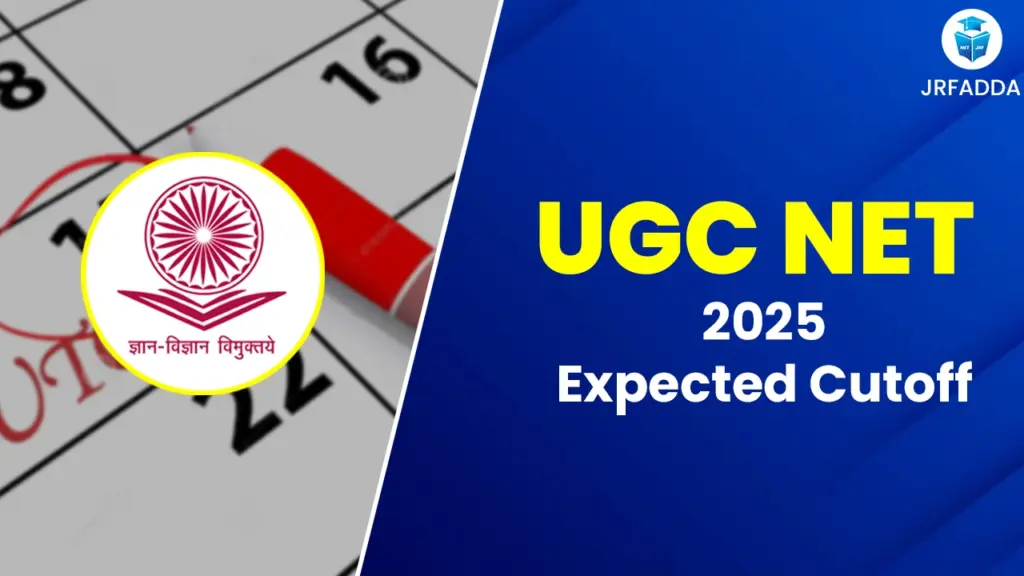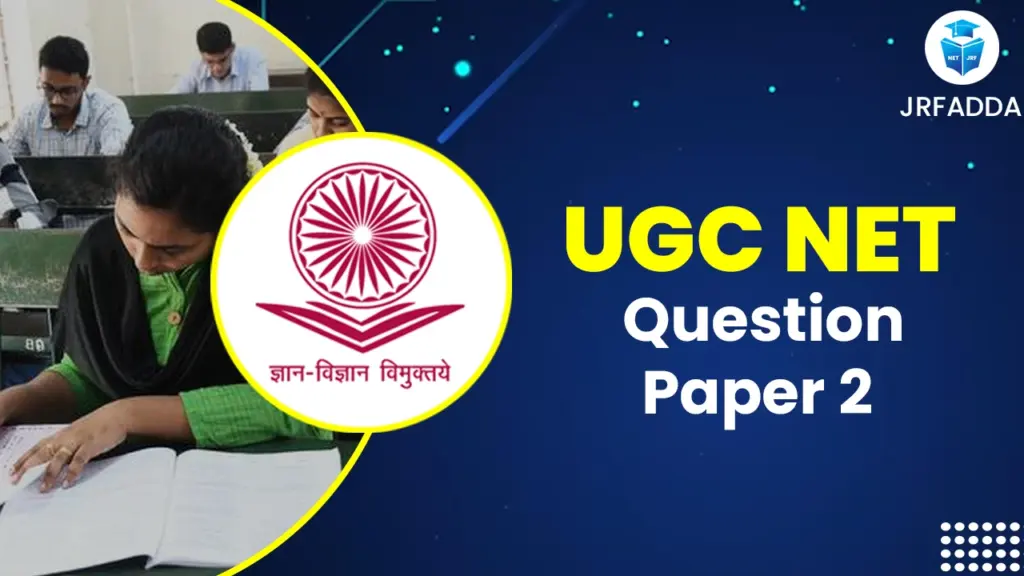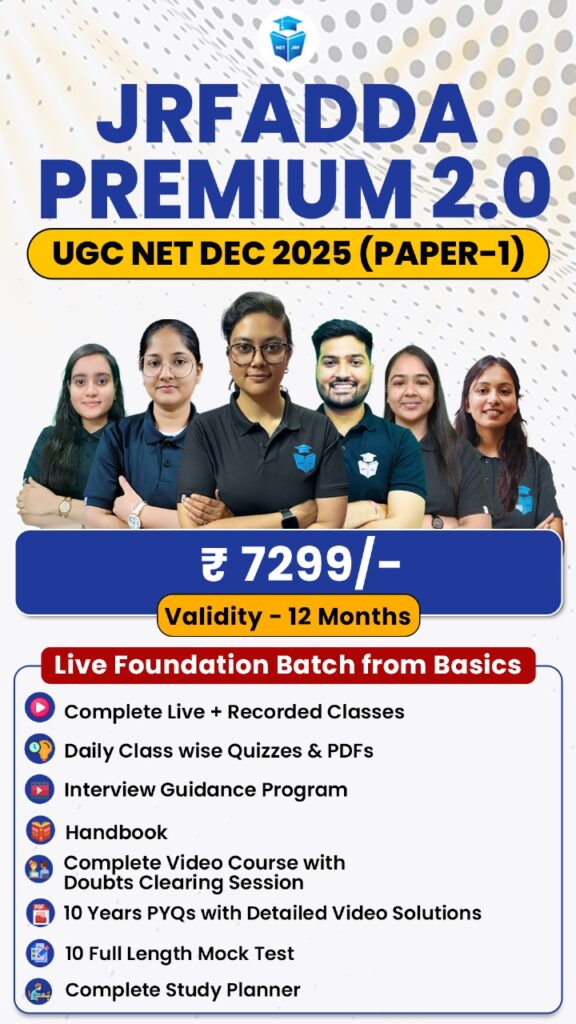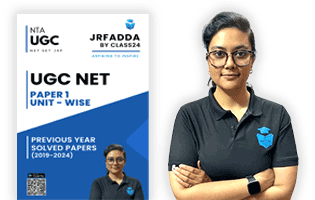UGC NET Exam Pattern 2025 is essential for candidates preparing for the UGC NET December 2025 exam, as the UGC NET Exam Date 2025 has been released and the exam is scheduled between 31 December 2025 and 7 January 2026. Understanding the UGC NET Exam Pattern 2025 helps aspirants build a focused and effective preparation strategy. Conducted by the National Testing Agency (NTA), the exam determines eligibility for Junior Research Fellowship (JRF), Assistant Professorship, and PhD admissions across India.
This article offers a comprehensive analysis of the UGC NET exam pattern 2025, including the paper-wise format, marking scheme, duration, and other key details.
Also Read: UGC NET Result 2025
JRFAdda Selection Pack for Paper 1 & Pub Adm UGC NET Dec 2025- Join Today!
UGC NET Exam Pattern 2025 Overview
The UGC NET (University Grants Commission National Eligibility Test) is a very competitive exam administered by the National Testing Agency (NTA) to test the eligibility of candidates for the posts of Assistant Professor and Junior Research Fellowship (JRF). Since the UGC NET Exam Date 2025 has been released and the exam will take place from 31 December 2025 and 7 January 2026, it is very important for the candidates to know the UGC NET paper pattern 2025 in order to prepare well. Here’s an overview of the UGC NET Exam Pattern 2025:
| UGC NET Exam Pattern 2025 | |
| Exam Name | UGC NET December 2025 |
| Conducting Body | National Testing Agency (NTA) |
| Exam Mode | Computer-Based Test (CBT) |
| Exam Date | 31 December 2025 to 7 January 2026 |
| Number of Papers | Paper 1 (General Paper) & Paper 2 (Subject-specific) |
| Total Questions | 150 |
| Total Marks | 300 |
| Exam Duration | 3 Hours (Single Session) |
| Question Type | Multiple Choice Questions (MCQs) |
| Marking Scheme | +2 Marks for each correct answer |
| Negative Marking | No Negative Marking |
Also Read: UGC NET December 2025
UGC NET Exam Date 2025 December Cycle
The UGC NET December 2025 exam dates have been released by the National Testing Agency (NTA). The UGC NET Exam Date 2025 is scheduled to take place from 31 December 2025 to 7 January 2026. The complete UGC NET 2025 exam date subject wise for the December 2025 session will be released soon, and is expected from the 2nd week of December. The candidates are required to stay up-to-date with the latest updates from the official website regarding the UGC NET 2025 exam date subject wise datesheet.
Also Read: UGC NET Exam Date 2025
UGC NET Exam Pattern 2025 Analysis
UGC NET Paper Pattern 2025 consists of two papers conducted in a single session without any break. Paper 1 tests teaching and research aptitude, while Paper 2 assesses subject-specific knowledge, with no UGC NET negative marking for incorrect answers. It is highly important for the aspirants to analyse the UGC NET JRF Exam Pattern 2025 for both Paper 1 and Paper 2 for a structured preparation for the UGC NET Exam 2025.
Also Read: UGC NET Eligibility Criteria 2025
UGC NET Paper 1 Exam Pattern 2025 (General Paper)
Here is the detailed description of the UGC NET Paper pattern 2025 for General Paper 1 that is common for all candidates and tests a candidate’s teaching & research aptitude.
| Parameter | Details |
| Total Questions | 50 |
| Total Marks | 100 |
| Duration | 1 hour |
| Type of Questions | Multiple Choice Questions (MCQs) |
| Topics Covered | – Teaching Aptitude: Questions related to teaching methods, communication skills, and learner behavior. |
| – Research Aptitude: Focuses on research methods, ethics in research, and research design. | |
| – Data Interpretation: Questions on graphs, tables, and data analysis. | |
| – Logical Reasoning: Includes verbal and non-verbal reasoning, pattern recognition, and problem-solving. | |
| – Communication: Questions regarding basic communication principles and strategies. | |
| – Information and Communication Technology (ICT): Focuses on the understanding of computers, internet, and basic software. | |
| – People and Environment: Questions about environmental issues, sustainability, and human ecology. | |
| – Higher Education System: Understanding of the Indian higher education system, its structure, and policies. |
Also Read: UGC NET Paper 1 Important Topics 2025
UGC NET Exam Pattern 2025 Paper 2 Subject-Specific
The UGC NET Paper 2 is a subject-based paper that evaluates a candidate based on their subject knowledge. UGC NET exam pattern 2025 for Paper 2 is as follows:
| Parameter | Details |
| Total Questions | 100 |
| Total Marks | 200 |
| Duration | 2 hours |
| Type of Questions | Multiple Choice Questions (MCQs) |
| Topics Covered | – English |
| – Political Science | |
| – Commerce | |
| – Sociology | |
| – Education | |
| – Computer Science | |
| – History | |
| – Management |
Also Read: UGC NET Syllabus 2025
Features of UGC NET Exam Pattern 2025
The UGC NET Exam Pattern 2025 includes two objective-type papers: Paper 1 (general aptitude) and Paper 2 (subject-specific), conducted in a single three-hour session with no UGC NET negative marking. Below are the key features of the UGC NET JRF Exam Pattern 2025:
JRFAdda Premium June 2026 Law Batch Paper-2- Join Today!
- Single Sitting Exam: Both papers are given in a single sitting without a break in between.
- No Negative Marking: There is no negative marking in UGC NET for incorrect answers, hence the candidates are free to try all the questions.
- Equal Weightage: Both Paper 1 and Paper 2 carry equal weightage in the final score.

Also Read: UGC NET Timing & Schedule 2025
UGC NET Exam Pattern 2025 PDF Download
For reference purposes, one can download the UGC NET Exam Pattern 2025 PDF from the official website:
- Go to ugcnet.nta.nic.in
- Click on the “Information Bulletin” section
- Download the UGC NET Exam Pattern 2025 PDF for detailed guidelines.
Also Read: UGC NET Expected Cutoff 2025
UGC NET Marks Distribution 2025
Understanding the UGC NET Marks Distribution 2025 is essential for candidates to understand the UGC NET Exam 2025 marking scheme. The UGC NET 2025 exam carries a total of 300 marks, divided between Paper 1 and Paper 2. Here’s a breakdown of the UGC NET marks distribution:
| Paper | Number of Questions | Marks per Question | Total Marks |
| Paper 1 | 50 | 2 Marks | 100 Marks |
| Paper 2 | 100 | 2 Marks | 200 Marks |
| Total | 150 | — | 300 Marks |
- Type of Questions: Objective (MCQs)
- Marking Scheme: +2 for correct answers
- Duration: 3 Hours (combined)
- There is no UGC NET Negative Marking
Also Read: UGC NET Subject-Weightage 2025
UGC NET Paper 1 Marks Distribution (General Paper)
Paper 1 tests candidates on teaching & research aptitude and general awareness. Here’s the section-wise UGC NET Exam Marks Distribution 2025 for Paper 1:
| Section | Number of Questions | Marks |
| Teaching Aptitude | 5 | 10 |
| Research Aptitude | 5 | 10 |
| Reading Comprehension | 5 | 10 |
| Communication | 5 | 10 |
| Reasoning (including Mathematics) | 5 | 10 |
| Logical Reasoning | 5 | 10 |
| Data Interpretation | 5 | 10 |
| Information and Communication Technology (ICT) | 5 | 10 |
| People and Environment | 5 | 10 |
| Higher Education System: Governance, Polity, Administration | 5 | 10 |
| Total | 50 Questions | 100 Marks |
Also Read: UGC NET Final Answer Key 2025
UGC NET Paper 2 Marks Distribution (Subject-Specific)
Paper 2 focuses on the subject selected by the candidate during registration. It tests in-depth knowledge of that subject. UGC NET exam marks distribution is as follows:
| Parameter | Details |
| Total Questions | 100 |
| Marks per Question | 2 |
| Total Marks | 200 |
| Subjects Covered | 85 subjects (e.g., Commerce, English, Political Science, etc.) |
- Each question in Paper 2 carries 2 marks.
- There are no sectional divisions in Paper 2.
- All 100 questions are compulsory.
Also Read: UGC NET Subject List 2025
Important Changes in UGC NET Exam Pattern 2026
While the basic structure of the UGC NET Exam Pattern 2025remains the same, candidates must stay updated regarding any changes NTA introduces. A few possible updates for 2026 are:
JRFAdda Gold June 2026 Sociology Batch (Paper1+Paper2)- Join Today!
- Introduction of New Subjects: NTA can introduce new subjects into the existing list of 85 subjects.
- Modification in Exam Duration: The exam duration can be updated based on suggestions from earlier aspirants.
- Revised Syllabus: Minor revisions in the syllabus for Paper 1 or particular subjects in Paper 2.
Also Read: UGC NET Exam 2026
Conclusion
Understanding the UGC NET exam pattern 2025 is crucial for strategic preparation. With 150 questions across two papers to be completed in 3 hours, candidates must plan smartly. Refer to the official NTA website for the detailed UGC NET Exam Pattern 2025 PDF, prioritise important topics, and use consistent practice to boost your chances of success in qualifying for JRF or Assistant Professor roles.
UGC NET Exam Pattern 2025 FAQs
Is there any negative marking in UGC NET 2025?
No, there is no negative marking in UGC NET. There are 2 marks for every correct answer.
Can I opt for any subject in Paper 2?
Yes, you can opt for any subject from the 85 subjects given by UGC. Make sure that the subject is in accordance with your postgraduate qualification.
What is the exam duration based on the UGC NET Exam Pattern 2025?
The exam is of 3 hours’ duration, without any break in between Paper 1 and Paper 2.
Where can I obtain the UGC NET Exam Pattern 2025 PDF?
The official UGC NET exam pattern PDF can be downloaded from the NTA website: https://ugcnet.nta.nic.in.
What is the pass mark for UGC NET?
The pass marks for UGC NET are 40% for the General category and 35% for the reserved categories (SC/ST/OBC/PwD) in aggregate in both papers.
